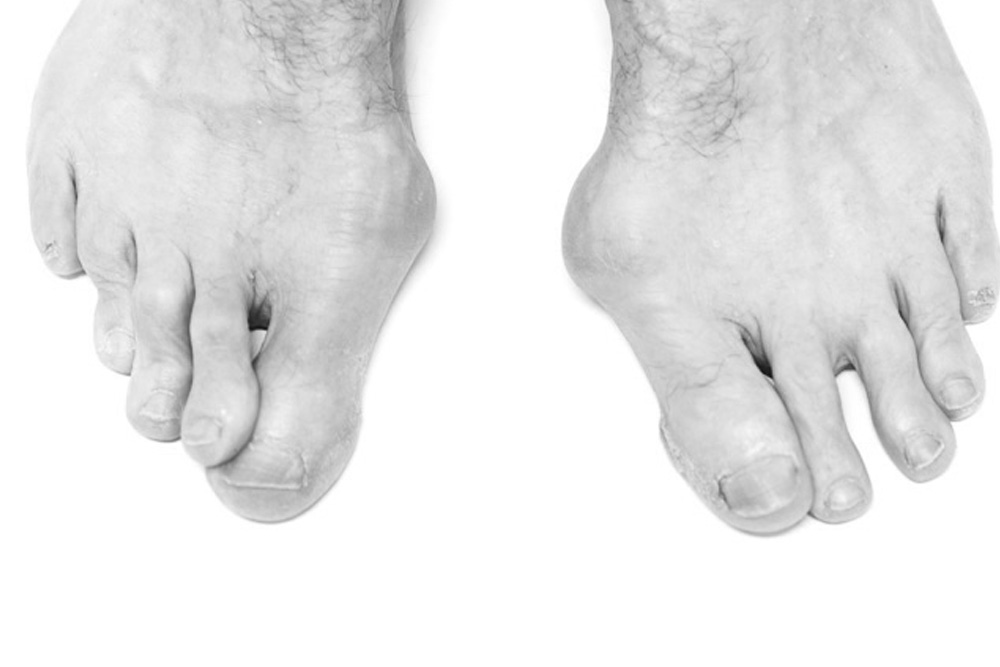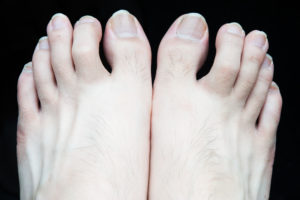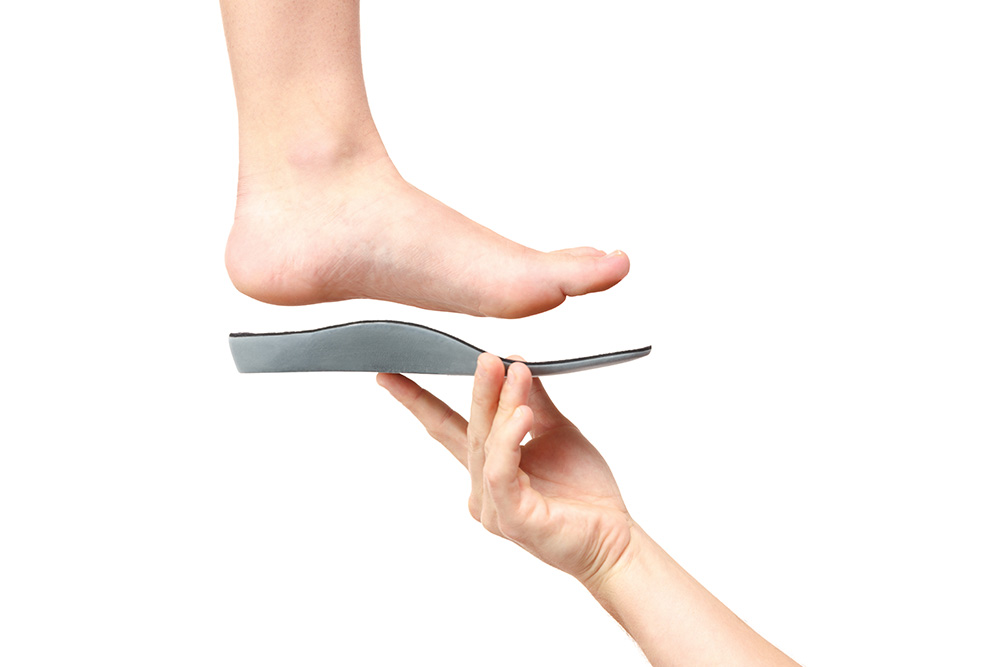
 Hammer toes is the name given to toes that bend downwards around the middle or the end of the toe at its joint, adopting the shape of a hammer instead of remaining straight.
Hammer toes is the name given to toes that bend downwards around the middle or the end of the toe at its joint, adopting the shape of a hammer instead of remaining straight.
It is uncommon that anyone is born with hammer toes – they almost always develop over time and progressively worsen. Starting as a small and flexible bend in the toes, hammer toes can quickly progress to rigid and permanent toe deformities if left unmanaged. Anyone can develop a hammer toe at any age.
What causes hammer toes?
A hammer toe can occur in any (or all) of the toes but are most likely to affect the second or third toes as these tend to be the longest toes, hence most vulnerable to effects from ill-fitting footwear.
Common causes or contributing factors of hammer toes include:
- Muscular imbalance, if specific muscles that attach to the toe joints are tight or overworked, or other muscles are overpowered
- Your foot type, excessive pronation (rolling in) or supination (rolling out) and the subsequent effects on your joints and toes
- Genetics, as genetic traits influence your foot type (see above)
- Previous injuries to the toes or forefoot
- Ill-fitting footwear, especially when too small, can push on the ends of the toes, keeping the toes in this bent position throughout the day
- Arthritic changes in the joints
- Bunions and other foot problems that alter the alignment of the toes
What are the symptoms?
Aside from the hammer-like shape of the toe, the changes to the position of the toes are not typically painful. What can cause pain is the increased pressure and rubbing against the top and bottom of the toes in their new position. Often, the end of the toe will start taking more pressure during walking as it may sit closer to the ground than the other toes. This can cause blisters, corns, calluses and other painful problems that can negatively impact a person’s quality of life.
What’s the difference between a hammer toe and claw toe?
Even though claw and hammer toes are two different toe deformities, people often refer to them as being the same condition as they tend to have similar causes, symptoms and treatment. Technically, a hammer toe only has significant bending at the last joint of the toe, giving the toe a hammer-like appearance. Comparatively, a claw toe bends at all of the joints, often starting with the toe bending upwards at the ball of the foot and then clawing downwards.
Hammer toes and clawed toes can be:
- Flexible: The affected toes can still be straightened with your hands
- Rigid: The affected toe cannot be pulled straight by hand, and it may be extremely painful
Signs and Symptoms That You Are Developing A Toe Deformity
- Pain in the middle toe joint, the top of the toe, the base of the toe, or the ball of the foot
- Corns on the top or end of the toe
- Calluses on the ball of the foot
- Cramping in the toe
- Pain along the tendons that insert into the toes
- Difficulty fitting footwear
How are hammer toes treated?
Treatment varies depending on which toe deformity you have and whether it is flexible or rigid. The earlier you notice a hammer toe developing, and have it seen by your Podiatrist, the better the outcome is likely to be. This is because it is easier to manage toe deformities before permanent, rigid changes have occurred.
If you’re worried that you have or are developing a hammer toe or other toe deformity, book your appointment online here.





